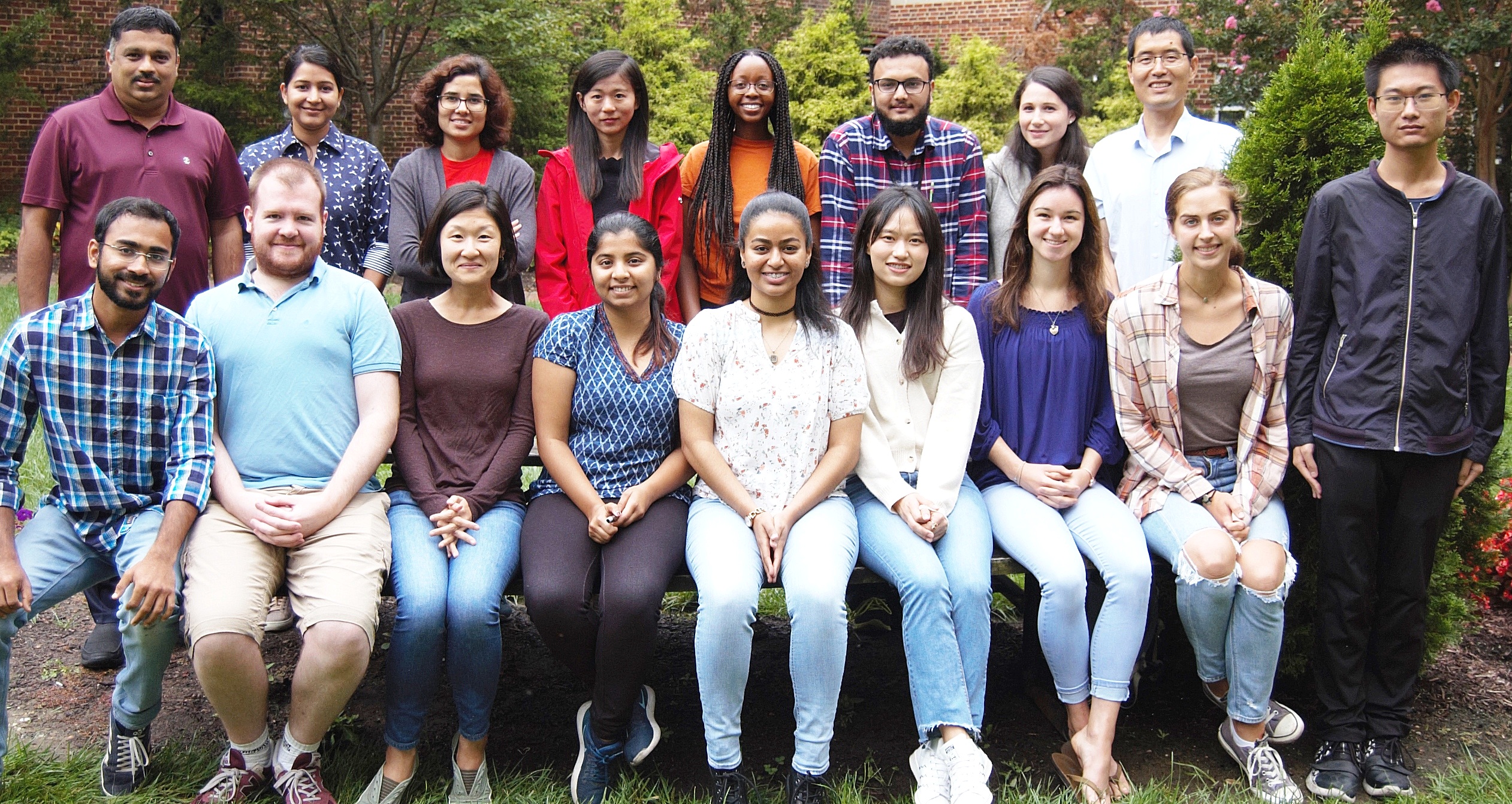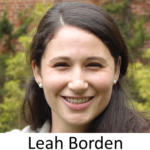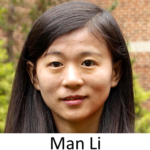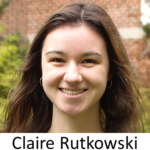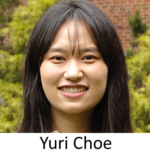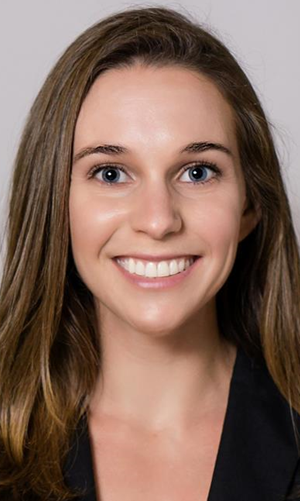Featured Recent Publication (1)

This paper shows how to create a hydrogel that has many zones, each of which has different mechanical properties. The gel above has four zones, which stretch to different extents. The modulus of the stiffest zone is 100 times the modulus of the softest zone. Our approach could be used to build realistic mimics of the spinal discs present between our vertebrae, which have a soft core and a stiff shell.
Featured Recent Publication (1)

This paper shows how to endow a capsule with a ‘hermetic’ seal, i.e., one that is perfectly leak-proof. This is done by making the capsule shell out of a wax with a defined melting temperature. Above this temperature, the shell melts and the contents are released in a burst. The ability to hold on to contents for long times and then release them on-demand makes these capsules useful in a variety of applications.
Featured Recent Publication (2)

Making gels by 3D printing requires an expensive ‘printer’ and special UV-sensitive ‘inks’. This paper shows an alternative way to create 3D gels of the biopolymer alginate. The key is to induce gelation by an electric field, i.e., by a process called ‘electroformation’. It can be easily done in any lab at low cost, and it yields robust gels in precise shapes and patterns. Living cells can be readily embedded in these gels.
Featured Classic Publication (1)

Many molecules (‘gelators’) self-assemble into long fibers, which entangle to form molecular gels. Such gelation occurs in some organic solvents, but not in others. But is it possible to predict if gelation would occur beforehand? This paper provided a framework to predict molecular gelation using thermodynamic parameters of the various solvents. The same framework has now been used by many researchers.
Featured Classic Publication (2)

This paper showed for the first time how one could easily create a ‘photorheological fluid‘ in the lab, i.e., a fluid whose viscosity could be dramatically altered by shining light. The fluid contained molecules that self-assembled into long chains initially. Irradiation with UV light altered the geometry of the molecules, which made them re-assemble into tiny spheres. This caused a 10,000-fold drop in viscosity.
Featured Classic Publication (2)
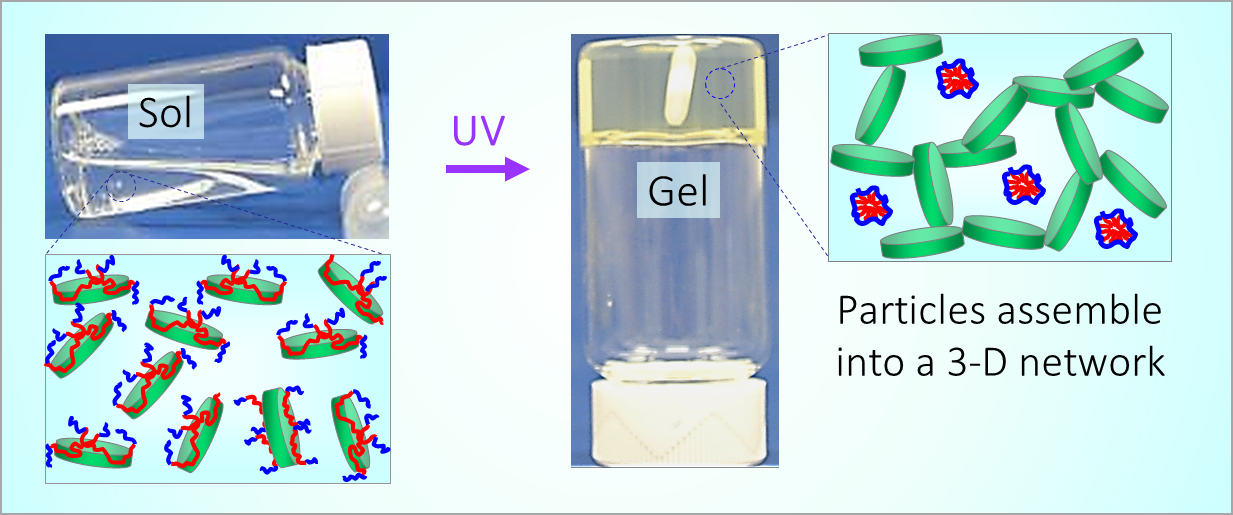
This paper reported the first example of a nanoparticle-based fluid whose viscosity could be significantly transformed by shining light. The fluid was initially a flowing suspension (sol) of clay nanoparticles. When subjected to UV light, molecules in the sol became photolyzed to form acid. The acid induced the nanoparticles to form a 3-D network, and thereby the sol turned into a gel.
Did you know?
More than 20 patents have been filed by UMD’s Office of Technology Commercialization based on inventions from our lab.
Did you know?
A polymer gel invented in our lab swells up to 3000 times its weight in water. This is a world record to our knowledge.
Prof. Srinivasa R. Raghavan
Patrick & Marguerite Sung Professor
Dept. of Chemical & Biomolecular Engineering
University of Maryland, College Park
Office: 1227C Chem-Nuc Building
Phone: (301) 405-8164
Email: sraghava@umd.edu
Bio | CV | Google Scholar
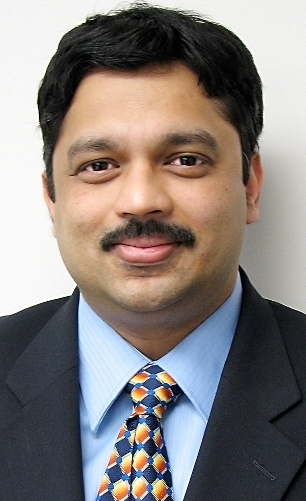
Featured Group Member
Niti has made a key discovery that some surfactants can self-assemble into long chains (called ‘wormlike micelles’) in polar solvents like glycerol. This paper was recently published in Langmuir. Niti has also designed food-grade dispersants for the cleanup of oil spills.
Featured Group Alumna
Kerry defended her Ph.D. in Chemistry in Aug 2018, after which she joined Gelest Inc. in Philadelphia. In her Ph.D. work, she created polymer capsules with ‘emergent‘ properties as a result of internal chemical reactions. Her paper on inflating and exploding capsules was recently published in Langmuir.
What We Do
We create and invent new materials with unusual or exceptional properties. Read an interview with Prof. Raghavan…

The materials we create are usually soft solids or viscous fluids. We try to tailor their mechanical and flow properties. More…

Our specialty is “smart” materials, whose properties can be switched (by light, heat, electricity, etc.). More…

Our inventions often draw inspiration from nature at various length scales (macro, micro, nano). More…

We emphasize simplicity in our work. That is, we try to find simple routes to new materials using cheap ingredients. More…
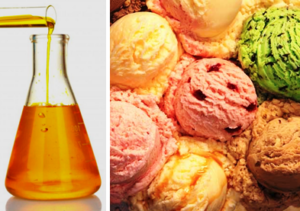
Our scientific focus is on discovering the rules for molecular self-assembly into various nanoscale structures. More…

Techniques in which we have expertise include rheology, light scattering, and neutron scattering (SANS). More…

Research Areas Connected to the Group
Featured Research Topic: Artificial Cells
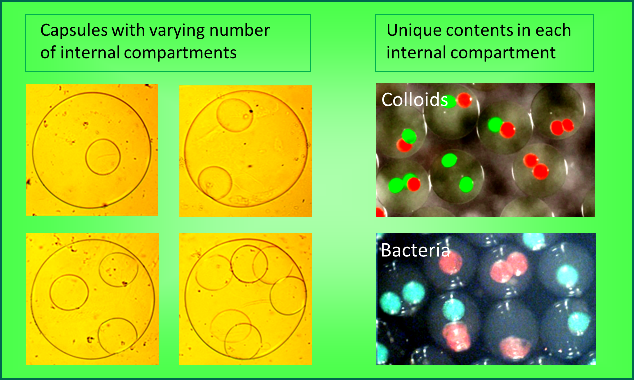
The architecture of life is based on cells (microscale containers), which have organelles, i.e., smaller containers inside them. We are trying to mimic this by creating microscale capsules that have smaller capsules inside them. These multicompartment capsules (MCCs) can contain nanoparticles, enzymes, or bacteria in specific inner compartments (see paper in Chemical Science, 2017). We are collaborating with Prof. Bill Bentley (BioE) in this research.

